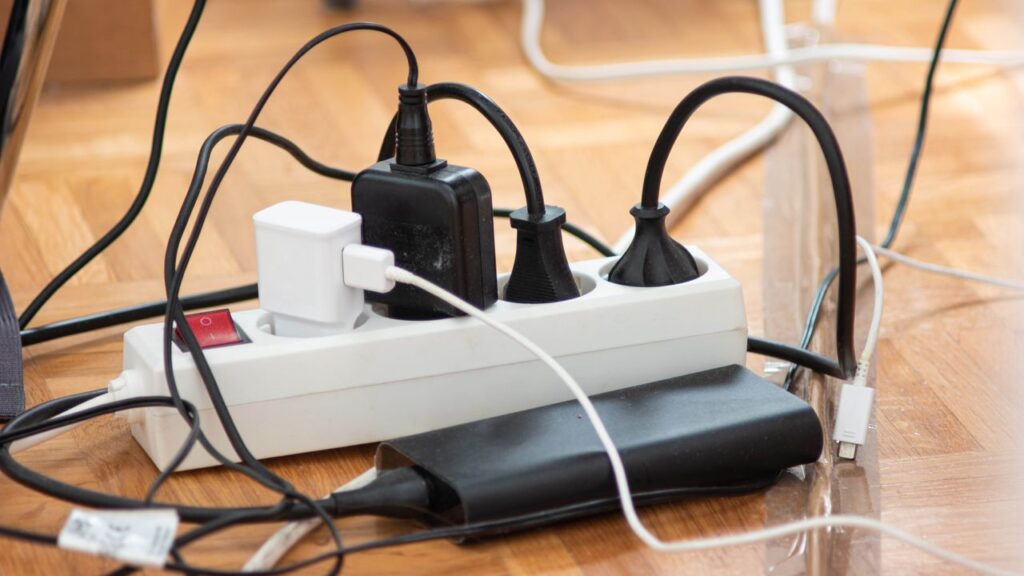
Messy outlet power extension cord on an apartment floor with various charging devices plugged in 2020; Shutterstock ID 1706691013; purchase_order: -; job: -; client: -
Rising energy costs are prompting many households to seek ways to save money, with experts suggesting that simply unplugging certain devices could reduce energy bills by as much as $200 annually. With energy prices on the rise globally, understanding hidden energy consumption is becoming increasingly important.
Approximately 30% of the average home’s energy expenses go toward space heating, according to Lizzy Kolar, co-founder and CEO of Scope Zero. While improving insulation and using smart devices can help reduce these costs, there are additional, often overlooked areas where savings can be achieved.
Understanding Phantom Load
One significant factor contributing to wasted energy is known as “phantom load” or “vampire power.” Kolar explains that this invisible consumption can account for up to 10% of a household’s energy use.
Ryan Gregor, owner and head electrician at RCG Electrical, clarifies that phantom load refers to the electricity consumed by devices even when they are turned off but still plugged in. This phenomenon not only inflates energy bills but can also degrade electronics over time. Bidisha Nagaraj, global vice president at Schneider Electric, emphasizes that unplugging devices can enhance both financial savings and the longevity of electronics, stating, “The constant standby current can cost money and damage devices.”
With average electricity bills in the United States exceeding $150 monthly, the cumulative effect of phantom loads can lead to significant waste. Nagaraj estimates that households could save $200 each year by unplugging devices that contribute to phantom load.
Identifying Energy Drainers
To effectively reduce energy consumption, individuals should identify specific devices that draw power when not in use. Brandon Young, CEO of Payless Power, suggests starting with electronics that have remote controls, digital clocks, or standby lights. Common culprits include televisions, gaming consoles, printers, and kitchen appliances such as microwaves and coffee makers.
According to Serkan Demirci, CEO of Vind Solar Systeme GmbH, even seemingly innocuous appliances can use more energy in standby mode than when actively in use. For instance, a coffee machine left in standby may consume more power than a running internet router. Cable boxes, regarded as small computers, can draw an astonishing 20-30 watts continuously, contributing significantly to monthly energy bills.
Many homeowners may wonder if using sleep mode on devices is a viable alternative to turning them off completely. Young points out that while sleep mode does reduce energy consumption compared to full operation, it still uses power. For devices not intended for immediate use, it is advisable to turn them off or unplug them entirely.
Additional Energy-Saving Strategies
Beyond unplugging devices, there are numerous strategies to enhance energy efficiency at home. When purchasing new electronics, look for the Energy Star badge, which indicates higher efficiency compared to non-certified products. Additionally, utilizing eco modes on appliances, switching to smart light bulbs, and installing smart plugs can further reduce energy consumption.
Investing in a smart thermostat, such as the Google Nest, can optimize heating and cooling by learning user preferences and managing energy use even when homeowners are away.
As energy prices continue to climb, taking proactive steps to address phantom load and implement energy-saving measures can greatly benefit both household finances and the environment. By making informed choices, consumers can navigate rising energy costs while contributing to a more sustainable future.







